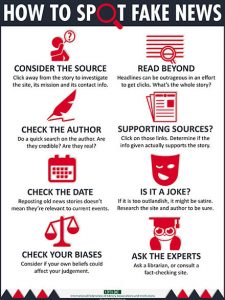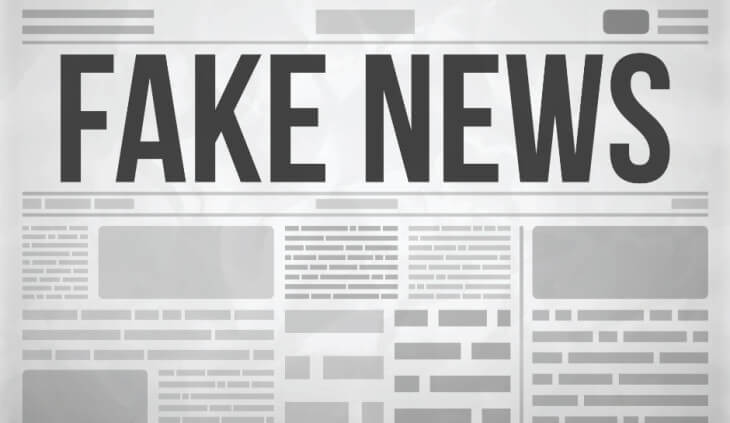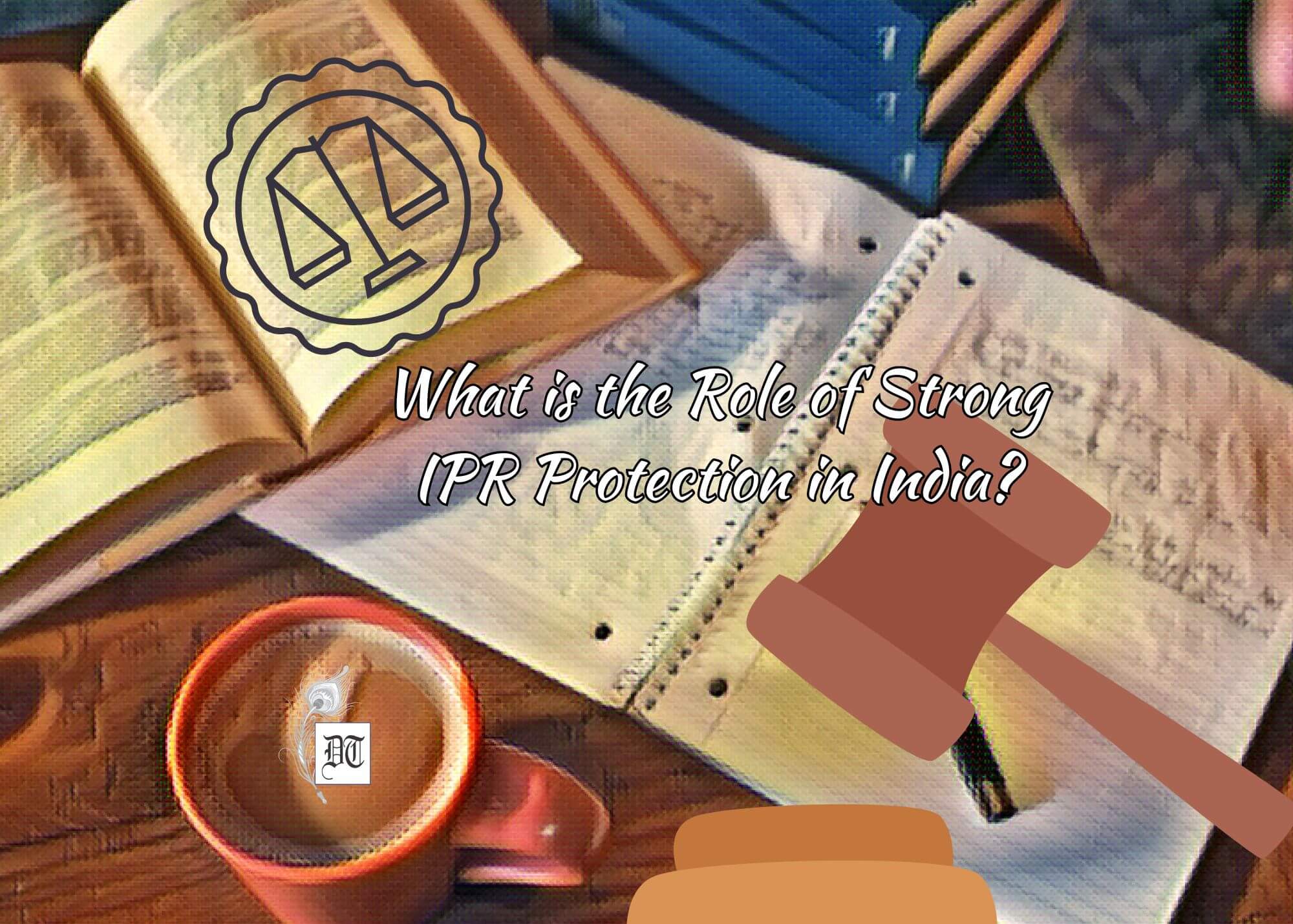Navodita tells us about the emergence of fake news and various initiatives to detect and counter it. An exclusive for Different Truths.
 In this age of ‘global media’ becoming widespread due to technological ease of accessing news and information, fake news is fast catching on as a despicable trend in news industry. Fake news, also known as junk news, hoax news, pseudo-news, is a case of deliberate misinformation. It is usually written, published and carried with the intent of damaging an agency, person, or with the aim of a financial or political gain. The relevance of fake news has increased in post-truth politics. However, it does undermine serious news coverage and makes it more difficult for journalists to cover genuine news stories.
In this age of ‘global media’ becoming widespread due to technological ease of accessing news and information, fake news is fast catching on as a despicable trend in news industry. Fake news, also known as junk news, hoax news, pseudo-news, is a case of deliberate misinformation. It is usually written, published and carried with the intent of damaging an agency, person, or with the aim of a financial or political gain. The relevance of fake news has increased in post-truth politics. However, it does undermine serious news coverage and makes it more difficult for journalists to cover genuine news stories.
Fake news, also known as junk news, hoax news, pseudo-news, is a case of deliberate misinformation. It is usually written, published and carried with the intent of damaging an agency, person, or with the aim of a financial or political gain. The relevance of fake news has increased in post-truth politics.
Propaganda can also be a form of fake news. Some researchers have highlighted that ‘fake news’ maybe distinguished not just by the falsity of the content but also the character of its online circulation and reception.
Clair Wardle of First Draft News identifies the following seven types of fake news:
- satire or parody (“no intention to cause harm but has potential to fool”)
- false connection (“when headlines, visuals or captions don’t support the content”)
- misleading content (“misleading use of information to target an issue or an individual”)
- false context (“when genuine content is shared with false contextual information”)
- impostor content (“when genuine sources are impersonated” with false, made-up sources)
- manipulated content (“when genuine information or imagery is manipulated to deceive”, as with a “doctored” photo)
- fabricated content (“newscontent is 100% false, designed to deceive and do harm”)
In January 2017, the United Kingdom House of Commons commenced a parliamentary inquiry into the ‘growing phenomenon of fake news’. United States President Donald Trump has included fake news to be news that was negative of his presidency.
To combat fake news, pre-emptive measures that are done in a collaborative manner should be taken. An issue-focussed approach is formed for particular purposes such as elections. This allows targeted definition of fake news in a particular context, thus expediting the identification of related fictitious information.
To combat fake news, pre-emptive measures that are done in a collaborative

manner should be taken. An issue-focussed approach is formed for particular purposes such as elections. This allows targeted definition of fake news in a particular context, thus expediting the identification of related fictitious information. Collaboration on the other hand (i) facilitates the exchange of knowledge and skills; (ii) narrows the gap between local and global; (iii) helps identify overlapping concerns between different issues and contexts; and (iv) allows the transmission of a consistent message. Issue-focused collaborative measures aimed at preventing the spread of fake news would facilitate a prompt and lasting response, and they would yield better results than isolated efforts that lack focus. In the recent French and German elections, collaborative efforts focused on the issue of elections helped raise awareness on the danger of fake news. The measures taken also obstructed the circulation of fictitious information to some extent. Before the German elections, Facebook had been assisting the government through cooperation with the German Federal Office for Information Security, educating political candidates on online security concerns, and launching a channel dedicated to the “reports of election security and integrity issues.” The social media giant also terminated 30,000 accounts in France and provided its users with various online tools such as a guide for spotting fake news and finding out and comparing candidates’ “campaign promises” in the lead-up to the French elections. First Draft, a project of the Harvard Kennedy School’s Shorenstein Center that led fact-checking initiatives of Google-backed CrossCheck (France) and WahlCheck17 (Germany), is other example of pre-emptive collaborative actions that focused on a particular issue, namely elections.
There are lot of agencies around the globe, extra-governmental ones, to combat the spread of fake news. StopFake, for instance, is a multi-pronged initiative created by Kyiv Mohyla Journalism School and the KMA Digital Future of Journalism project in 2014 in Ukraine. It is supported by the efforts of IT professionals, translators, journalists, and others concerned about inaccurate information. Its main goal is to counter Russian disinformation operations and assess the impact of fake news in Ukraine and other countries. StopFake offers opinion pieces, insight to Russian disinformation operations, access to researches, guidance on verifying information, and videos debunking fake news, which are broadcast on their site and local television.
First Draft helped counter fake news during the French elections with its CrossCheck initiative, which congregated 37 newsrooms in France and UK to identify and debunk election-related fake news. During the German elections, First Draft, in cooperation with CORRECTIV, a “non-profit investigative newsroom” for German speakers, spearheaded a similar initiative called WahlCheck 17.57
First Draft is another initiative that brings together a “non-profit coalition” against disinformation. The coalition comprises: (i) technology companies (e.g., Google News Lab, Facebook, and Twitter); (ii) academic and research institutions (e.g., University of Southern California Annenberg School of Communication and Journalism, Tufts Fletcher School, and Public Data Lab); (iii) newsrooms (e.g., The Washington Post, Reuters, and The Guardian); and (iv) other similar-minded organisations (e.g., FactCheck Initiative Japan and Now This). First Draft helped counter fake news during the French elections with its CrossCheck initiative, which congregated 37 newsrooms in France and UK to identify and debunk election-related fake news. During the German elections, First Draft, in cooperation with CORRECTIV, a “non-profit investigative newsroom” for German speakers, spearheaded a similar initiative called WahlCheck 17.57 Yet another initiative, the International Fact Checking Network, has been coordinating and training fact-checkers around the world.
Long-term measures to counter fake news include: (i) initiatives to inculcate media literacy in schools that the elderly may also find useful; (ii) encouraging social norms62 against fake news such as responsible information sharing practices; and (iii) defining the responsibilities of technology companies in countering fake news within the spectrum of collaborative engagements.
Moves worldwide to enact legislation against fake news are generally at a nascent stage, with it being too early to attempt any holistic impact assessment. However, it is already clear that legislation must be contemplated only as one part of a multi-pronged strategy. Such a strategy should incorporate pre-emptive issue-focused measures, including collaborations with a wide variety of actors and organisations (e.g., regional organisations, NGOs, and technology companies), and it should encompass immediate responses such as crisis communication and fact checking measures, and long-term remedies such as media literacy and fostering appropriate social norms.
Photo from the Internet






 By
By
 By
By
